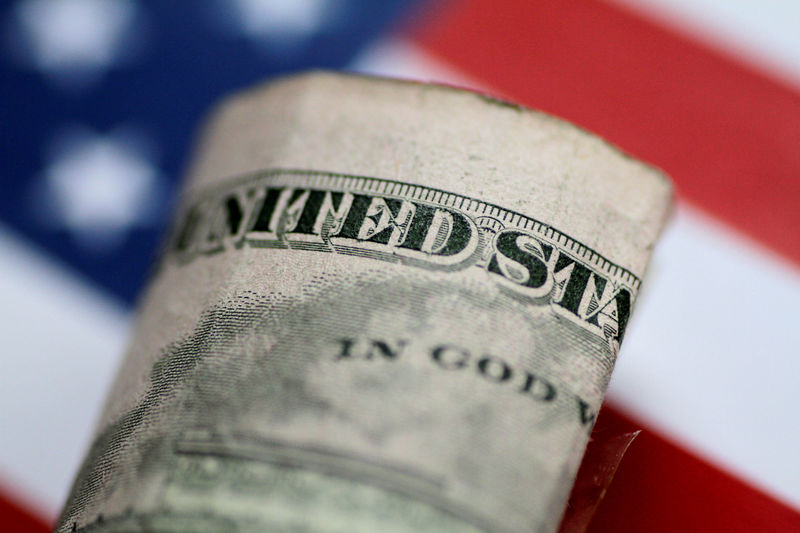Caterpillar bids for Australia’s RPMGlobal- AFR
* Dollar nurses losses after weak manufacturing data
* Yen, Swiss franc nudge higher
* Aussie climbs from a decade low
* Graphic: World FX rates in 2019 http://tmsnrt.rs/2egbfVh
By Tom Westbrook
SINGAPORE, Oct 2 (Reuters) - Worries about a slowing U.S.
economy and the possibility of further interest rate cuts in the
wake of weak U.S. manufacturing data kept the dollar pinned down
on Wednesday, as investors sought safety elsewhere.
An apparent early-morning North Korean missile test only
reinforced the flight, nudging the Japanese yen, Swiss franc and
gold slightly higher. Data released overnight showed the U.S. manufacturing sector
contracted in September to its weakest level in more than a
decade and sent the greenback sharply lower from a more than
two-year high.
It nursed those losses on Wednesday, drifting down to
0.9923 Swiss francs CHF= , after broaching parity, and falling
slightly to 107.64 yen JPY= .
The dollar was marginally weaker at $1.0940 per euro EUR=
and fell against the Australian and New Zealand dollars AUD=D3
NZD=D3 , retracing some of its large Tuesday gains, while the
equities market tumbled.
The Institute for Supply Management had said its index of
U.S. factory activity fell to 47.8, the lowest reading since
June 2009. A figure below 50 signals the domestic factory sector
is contracting. "While the data... represented a negative surprise in the
sense that it came in below consensus expectations, in other
ways the industrial slowdown is not a surprise at all," BNY
Mellon analysts said in a note, pointing to Sino-U.S. trade
tensions and signs of a slowdown around the world.
The manufacturing number is a bad omen for September U.S.
labour figures due on Friday, since moves are often correlated,
the bank said.
BNY Mellon said that while the Fed "stubbornly" feels rates
are appropriate for an economy that continues to perform
well, "it will ultimately have to accept that the pillars of
support - the labor market and the consumer - are weakening."
Against a basket of currencies .DXY the dollar was
slightly weaker at 99.087, after hitting a two-year high of
99.667 overnight.
The pound GBP= drifted lower to $1.2296. That has it
heading back towards an almost one-month low hit overnight as
traders are increasingly nervous about Britain crashing out of
the European Union at the end of the month.
Prime Minister Boris Johnson will unveil his final Brexit
offer to the European Union on Wednesday and make clear that
Britain intends to leave the EU on Oct. 31, no matter what.
The Australian dollar, which hit its lowest in a decade on
Tuesday after the Reserve Bank of Australia (RBA) cut interest
rates and kept the possibility of further easing alive, bounced
a little to $0.6708. But few are expecting a sustained rise.
"A comparison of yesterday's and September's post-meeting
RBA statement suggests yesterday's statement is, if anything,
slightly more dovish," said Joe Capurso, senior currency
strategist at the Commonwealth Bank of Australia in Sydney.
"We expect the RBA to cut the cash rate again in February
2020," he said.
Trading could be subdued in Asia on Wednesday time because
China's financial markets are closed until Monday for public
holidays. In offshore trade, the Chinese yuan CNH= was steady
at 7.1448 per dollar.
